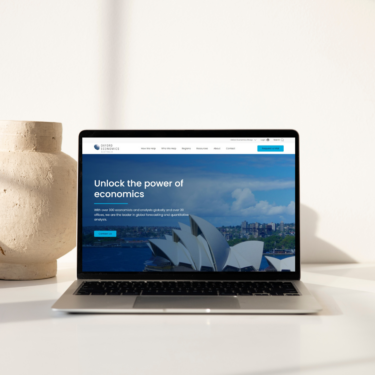Podcast | 20 May 2021
The Future of Australian Infrastructure: Utilising infrastructure stimulus

The current investment in Australian infrastructure is barely keeping pace with demand. To meet future demand we will need to invest more but also, crucially, build and operate major assets more efficiently.
Transport accounts for an incredible 50% of all the infrastructure engineering construction work done in Australia. Over the past 30 years we have added over 100,000 km of roads to our network and more than doubled the annual spend on rail. We are travelling more and unfortunately spending relatively more time doing so.
Interview with Adrian Hart, Associate Director, BIS Oxford Economics by MinterEllison.
Part 3: Adrian shares his view on what needs to be in place for Australia to make the most of the infrastructure stimulus.
Watch the interview below:
Tags:
You may be interested in

Post
Oxford Economics Expands Regional Presence with the Launch of Chinese Website
Over the past six years we've maintained the unique modelling and analysis that clients and the media have come to rely on from BIS Shrapnel while incorporating Oxford Economics' rigorous global modelling and analytical framework to complement it," said David Walker, Director, Oxford Economics Australia.
Find Out More
Post
Oxford Economics Introduces Proprietary Data Service
Oxford Economics is excited to enrich its suite of asset management solutions with the introduction of the Proprietary Data Service.
Find Out More
Post
Australia: RBA hike by another 25 bps as the fight against inflation continues
The RBA has raised its cash rate target by a further 25 basis points, taking it to 4.1%. Although inflation has peaked, the RBA board is still clearly uncomfortable with its brisk pace.
Find Out More